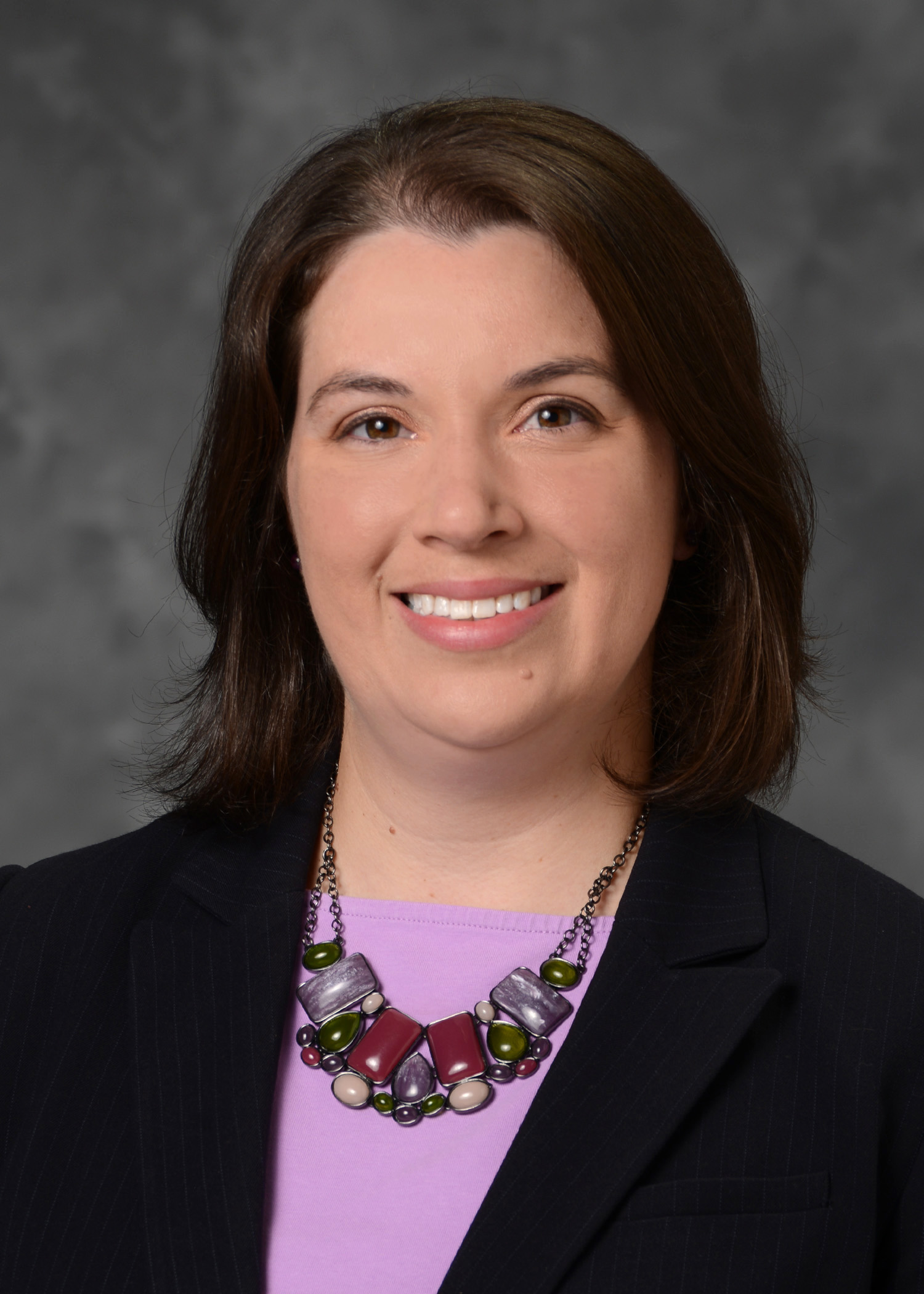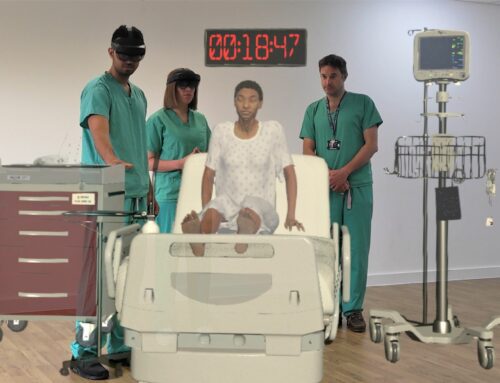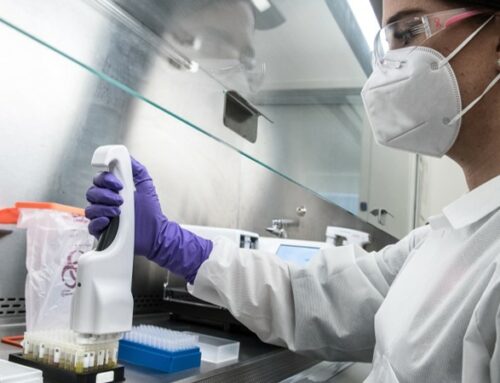By Courtney Stevens, Director of Virtual Care at Henry Ford Health System |
Henry Ford, known for the Model T and his innovations in the automobile industry, had an infamous quote: “if I ever asked people what they wanted, they would have said a faster horse.”
Of course, we know that by 1915 the automobile was highly coveted. Ford was an example of a disruptive innovator, someone who transformed the transportation industry by introducing an entirely new concept that gave people what they needed.
Over 100 years later, telehealth is also on this path of disruptive innovation, but also on a path of delightful disruption to the healthcare industry. The pandemic has pushed us to innovate farther and faster, with unprecedented reliance on telehealth and virtual care. Within the Henry Ford Health System, we delivered just over 17,000 virtual visits in all of 2019. By the end of 2020, we had delivered over 420,000. Our experience mirrors that of the other healthcare systems that are also part of the Council of Accountable Physician Practices (CAPP), an organization of prominent multi-specialty medical groups, committed to higher-quality, affordable care.
Now, as the dust begins to settle from the pandemic, an outstanding question remains as to what percent of care will continue to be delivered virtually. Recent data shows 88 percent of Americans hope to use telehealth beyond the pandemic, and Henry Ford is here to oblige.
But our patients don’t just want a “higher-speed video visit” to use Henry Ford’s quote as an analogy. What they really want and need is care that is easy to access where and when they need it, coming from a trusted partner who is delivering high-quality, coordinated, and personalized care. It is a tall order. But one that can be filled through virtual care.
This spring we took virtual care to a new level by introducing the Henry Ford Virtual Exam Kit (powered by TytoCare). The TytoCare technology has a built-in touch screen, camera, thermometer, and three special adapters—an otoscope, a stethoscope and a tongue depressor—that enhances the capability and convenience of a virtual visit. It allows doctors to remotely look inside a patient’s throat and ears, listen to their heart and lungs, examine skin conditions, and more without the patient having to leave their home. For doctors, the clarity of the visuals and the quality of the sound are equal or better than an in-clinic exam.
This hand-held device connects to a smartphone and can be paired with the patient’s Henry Ford MyChart account, which gives secure online access to their medical information and connects them seamlessly to a virtual visit. Patients with this device can also access our Video Visit On Demand service for virtual exams with a trusted Henry Ford doctor, 24-7, 365 days a year.
As part of our post-discharge program, this comprehensive virtual exam technology is also used by paramedics who make home visits to discharged patients. Using a device enabled virtual exam, the paramedic can help connect the patient to a physician who can check their vitals and also perform procedures like a virtual wound check. We have also deployed this technology in skilled nursing facilities allowing physicians to perform virtual exams on patients, and reducing transportation of residents. We have partnered with our nurses in Detroit Public Schools to use this technology to connect kids to pediatric exams.
When we think about healthcare, especially during COVID-19, our patients want and need appropriate triage to avoid unnecessary trips to high-cost care environments. Seniors and other patients who are less mobile want and need to avoid taxing transportation. Post-surgical patients want and need to avoid being re-admitted to the hospital. Virtual exam technology helps solve for all of these scenarios and more.
Of course, in addition to these device-assisted exams, we also continue to offer traditional telehealth visits with care providers and even phone-only visits. For those who need multi-specialty care, we offer virtual visits with a team of specialists. And of course, any patient can see their provider in person if that is their preference too. We have a multitude of options to meet the patient’s needs and preferences while ensuring they get the care they need.
At the end of the day, disruptive innovation is about thinking about what our patients want and need, which is radical convenience. But beyond that, it is also about radical preference – being attuned to the multitude of ways patients wish to receive their care. I emphasized this point while speaking to healthcare leaders at the World Health Care Congress this past June.
There is an old saying that there are decades when nothing happens, and then there are weeks when decades happen. We had plans to enhance telehealth before the pandemic and realized with the right technological innovation, integration, and support it could meet so many more care needs. But the pandemic pushed us farther much faster as these needs became acute.
Virtual care is the disruptive innovation our healthcare system needs to meet our patients’ needs, so we must be willing to disrupt ourselves. It is hard to break from historical care models, but we have to. It took a global pandemic to show the value of this innovation almost immediately. Now, as we get back to “medicine as usual,” it is up to us to continue to take advantage of all the opportunities virtual care provides us to fulfill the quadruple aim. Virtual care is no longer experimental, it has moved to mission-critical in the healthcare ecosystem, and to succeed in our new reality, organizations will need to position telehealth as an integral channel for managing care and driving a reduction in the total cost of care.
 About the Author
About the Author
Courtney Stevens is Director of Virtual Care, Henry Ford Health System. The Henry Ford Health System is a member of the Council of Accountable Physician Practices, a coalition of integrated medical groups and health systems including more than 80,000 physicians.












